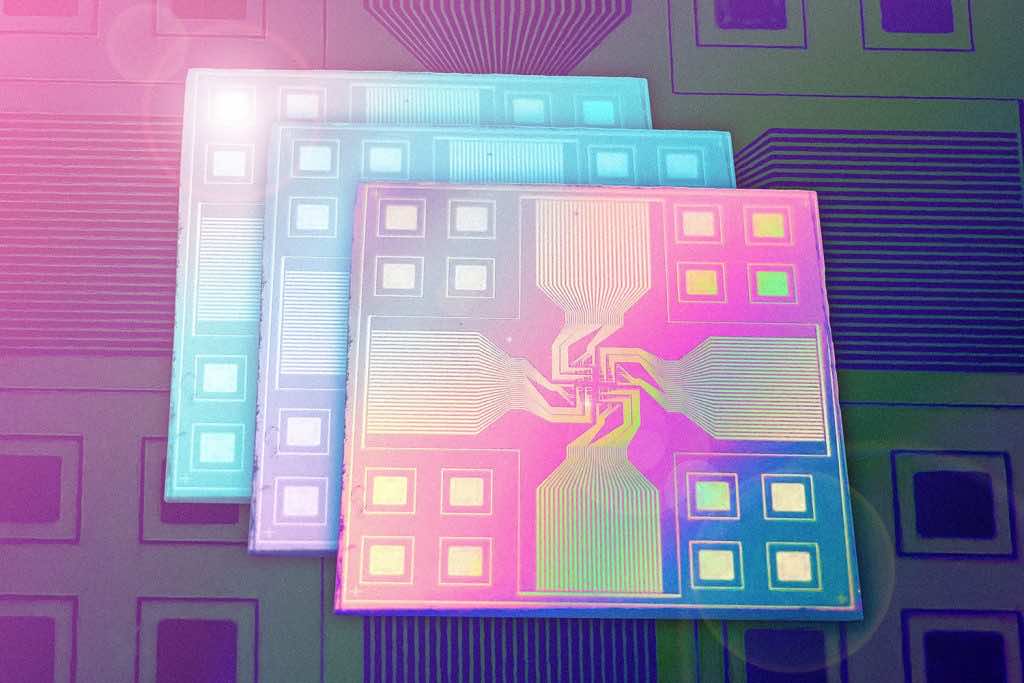To cope with the issue of electronic waste, researchers from MIT have recently introduced a technology through which e-waste can be reduced to a greater extent. An AI chip, similar to LEGO bricks, has been developed, which is equipped with the latest sensors and processors. Through the use of this incredible technology, users can easily upgrade their existing electronic devices, which may contain any wearable defect, without the need to purchase new ones. Moreover, they have called this technology “reconfigurable” as it is fault-tolerant. This is amazing. Isn’t it?
The most interesting feature of this technology that makes it reliable is the “optical transmission” of information without using physical wires. Its structural configuration contains alternating layers having sensors that are assembled with LEDs (Light Emitting Diode)—the source of optical communication for the chip’s layers. According to MIT postdoc Jihoon Kang, “You can add as many computing layers and sensors as you want, such as for light, pressure, and even smell. We call this a “LEGO-like reconfigurable AI chip” because it has unlimited expandability depending on the combination of layers.”
Also, the chips are not integrated strictly with the devices; instead, there is room left for their replacement with other chips that contain different functions. The layers in the chip are composed of image sensors, LEDs, and processors, which are then paired along with the artificial synapse arrays known as “memristors”. These paired arrays with the image sensors are trained to perceive and identify the letters M, I, and T. This has been made possible through the linkage of each sensor and artificial synapse array with the optical system instead of using physical wires for communication.
According to the team, “The sensory chip at the bottom receives signals from the outside environment and sends the information to the next chip above by light signals. The next chip, which is a processor layer, receives the light information and then processes the pre-programmed function. Such light-based data transfer continues to other chips above, thus performing multi-functional tasks as a whole.”
It is worth mentioning that the chip is composed of three blocks encapsulating the image recognition technology through optical communication. The researchers experimented with the “pixelated images” of the three letters, i.e., M, I, and T, which were easily recognized by the chip. However, in the case of blurry images, there seems to be some difficulty in the processing parameters. Seeing this, the researchers transformed the mechanism by deploying a better processor, and thus, the chip was able to identify the three blurry letters as well.
Talking about its future implications, Jeehwan Kim, associate professor of mechanical engineering at MIT, said, “We could make different types of neural networks, like for image or voice recognition, and let the customer choose what they want, and add it to an existing chip like a LEGO.”

